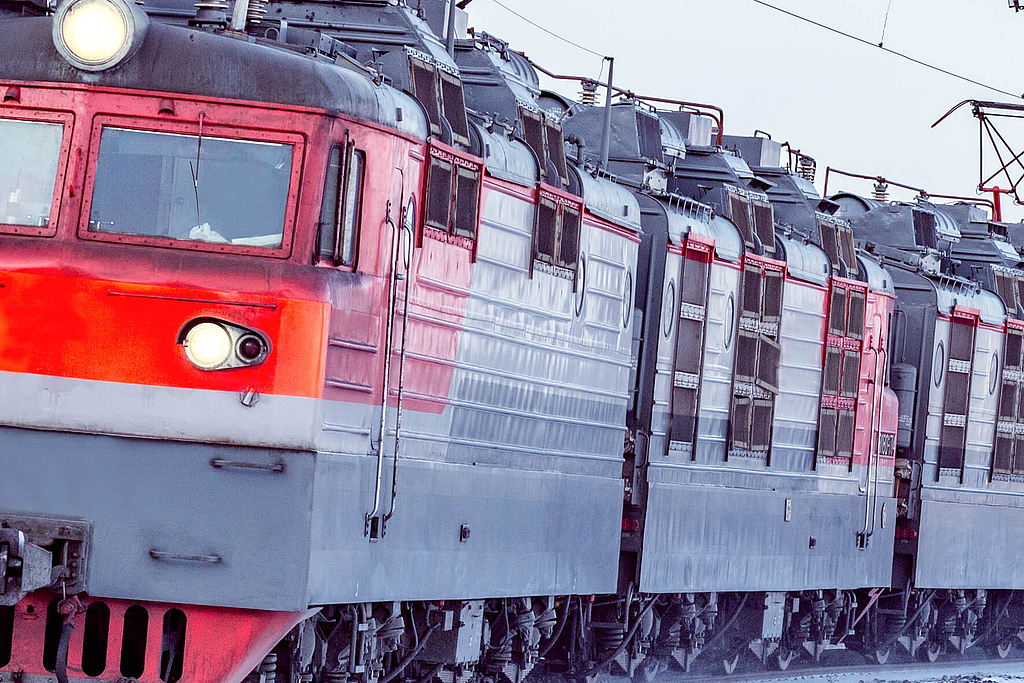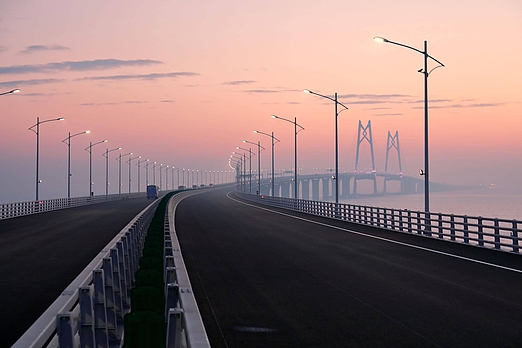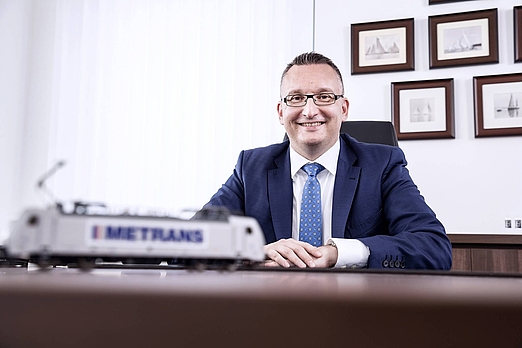“This kind of subsidy will not last forever”
- Interviews
YXE Yiwu Rail is one of the leading Chinese rail freight operators and offers a total of nine connections between European and Central European destinations, including the longest rail freight service in the world between Yiwu and Madrid. We spoke with Feng Xu Bin, Chairman of Yiwu Rail, about government subsidization in China, tracking by means of blockchain technology and unexplored potentials along the Silk Road.
“From the current point of view, governmental subsidization will not stop in the near future. In this early stage of development of the China-Europe railways, the subsidization is reasonable and beneficial to the industry’s development, allowing more logistics companies to gain a foothold.”
Feng Xu Bin states his point of view on governmental subsidization.

“With the further development of the market, the China-Europe Railway will become more competitive as a time-efficient and high-quality alternative to seafreight.”
The YXE Yiwu Rail Chairman has no doubt about the long-term success of railway connections between China and Europe.
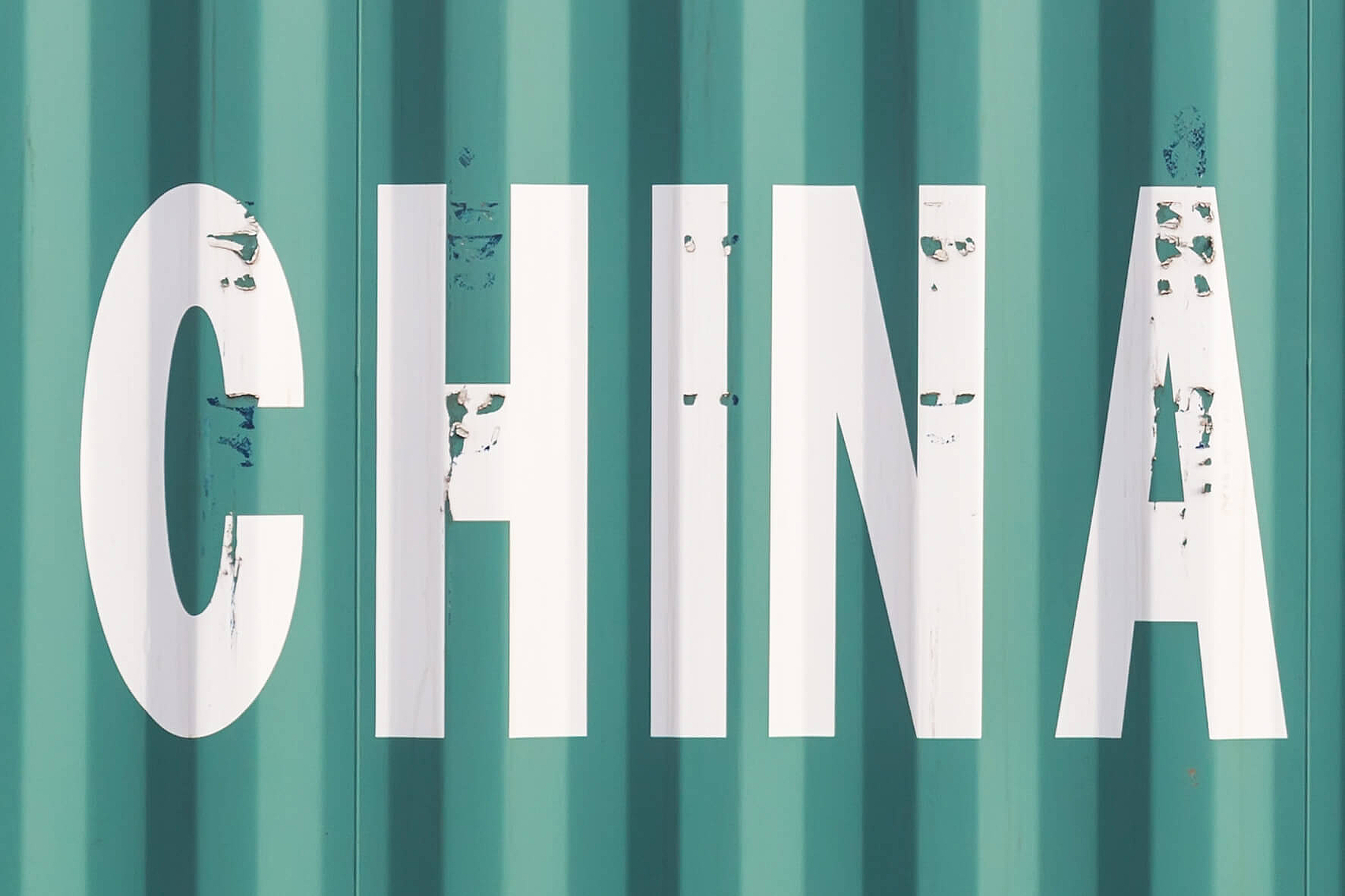
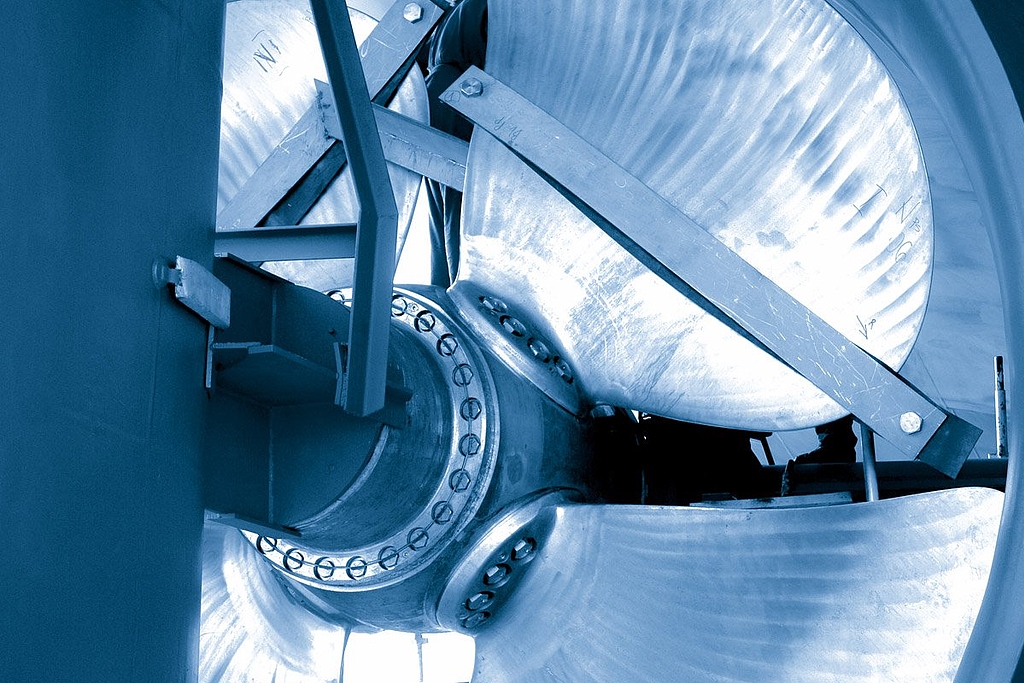
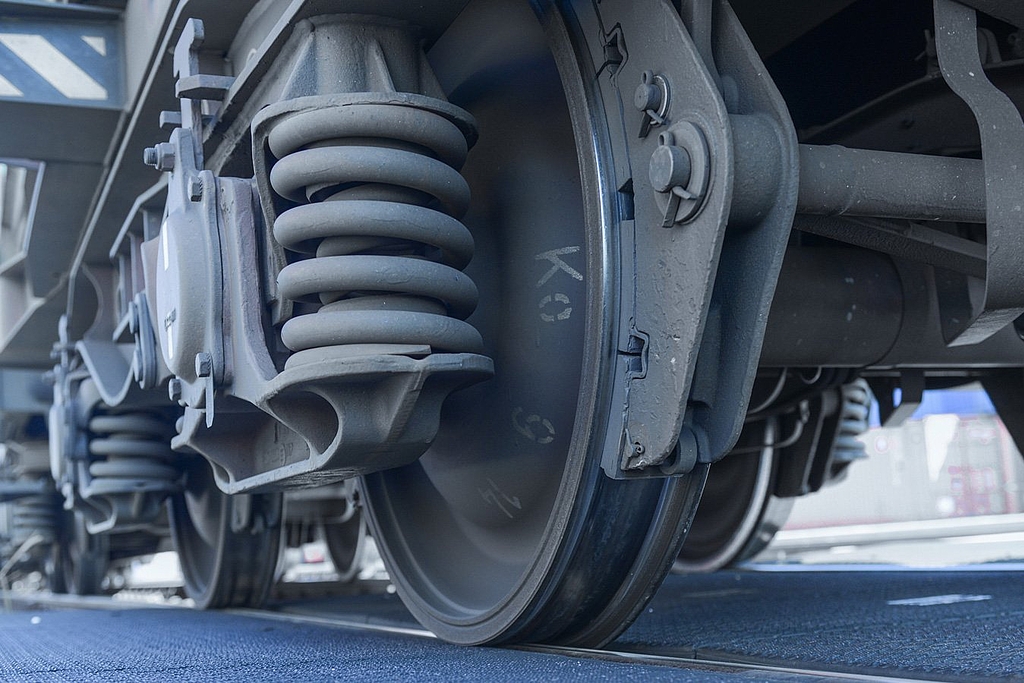
Our rail service is 50% faster than sea cargo and 60% less expensive than air cargo, giving you the best of both worlds.
Rail transport is a fast, cost-effective and environment-friendly alternative to air and sea freight. Our specialized teams will create the optimal rail transport concept for any commodity.
Find out more

